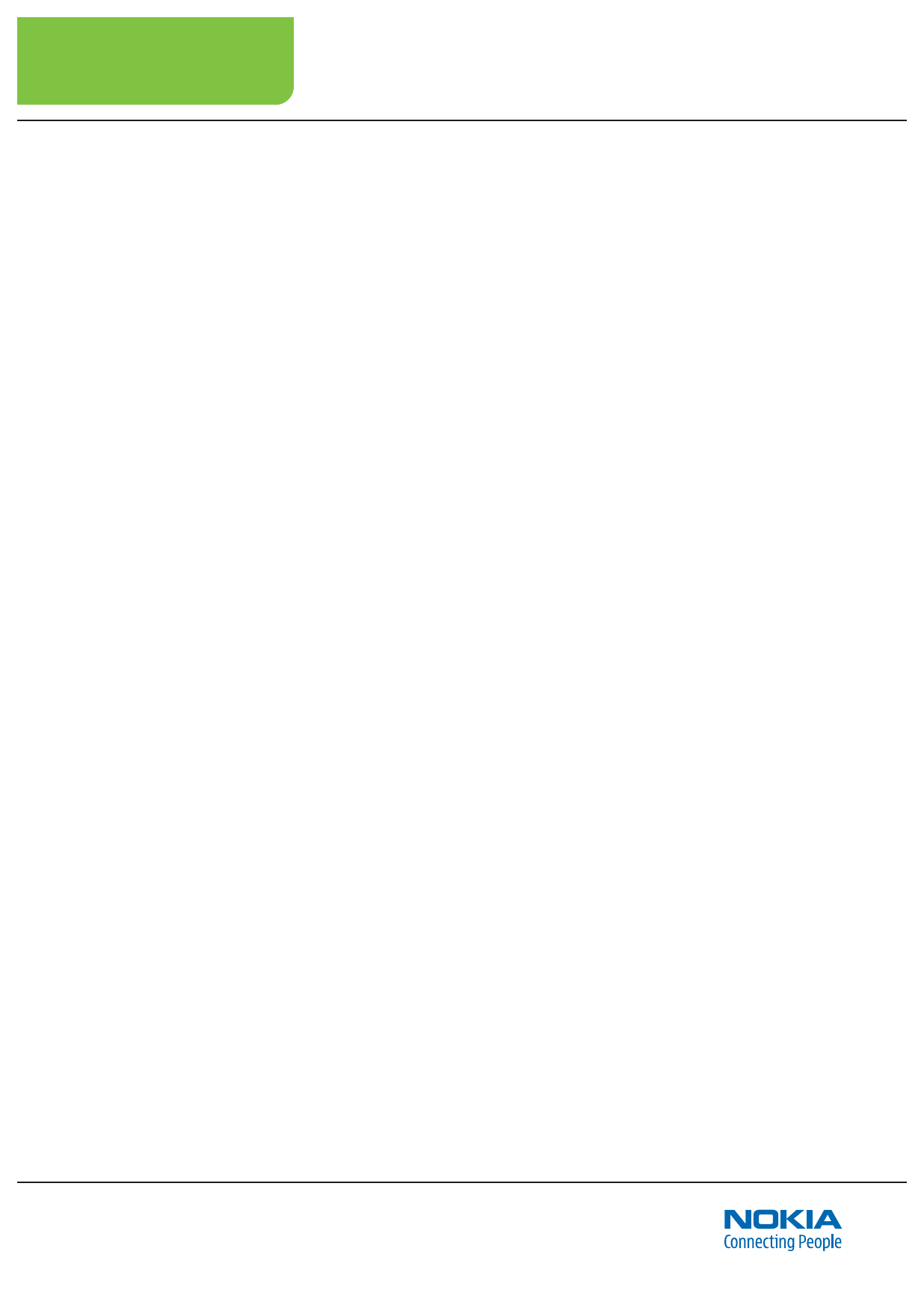
7.12
Chapter 7 Tagging Objects with the Nokia Point & Find Client Application
Tag an object multiple times from a few different angles and dis-
tances – and under different lighting conditions when appropriate
– in order to improve recognition success of your targets (objects).
Depending on the object, three to ve tags per environmental condi-
tion – day/night, indoor/outdoor lighting – is sufcient.
Include tags with a focus on any logo names or xed images that are
on (or part of) an object, and also include tags with a focus on the
entire object.
Do not focus on small text or areas within the target that may change
over time (as in a window display that will change in a store front).
In summary:
• Tag objects from multiple angles
(approximately 30 degrees each side of center).
• Tag objects from the front and back, close up, and
from a distance.
• Tag objects under several lighting conditions
(day, night, bright, cloudy, articial lights, etc.)
• Include tags for logos or xed images that are part of,
or on, an object
• Do not tag small text areas or images that will
change over time
Helpful pointers for tagging
Lighting Conditions
Ifanobjectisalwaysinthe
same lighting (such as an
indoor object under constantly
controlled lighting), taking
threetovetagsoftheobject
willsufce.
Ifanobjectisfoundunderdif-
ferent lighting conditions (day,
night, bright, cloudy, supple-
mental lights on or off, etc.),
thentakethreetovetagsof
the object under each (or most)
lighting conditions.
Multiple Tagging
When tagging a movie poster,
for example, Nokia will take
vetagsofaposterfromdiffer-
ent angles and distances, under
one to three different lighting
conditions for a total of approx.
veto15tags.Whentagging
astorefront,Nokiawilltakeve
to 10 tags from different angles
at a distance of approx. six feet
and 12 feet from the store for a
total of 10 to 20 tags.


















